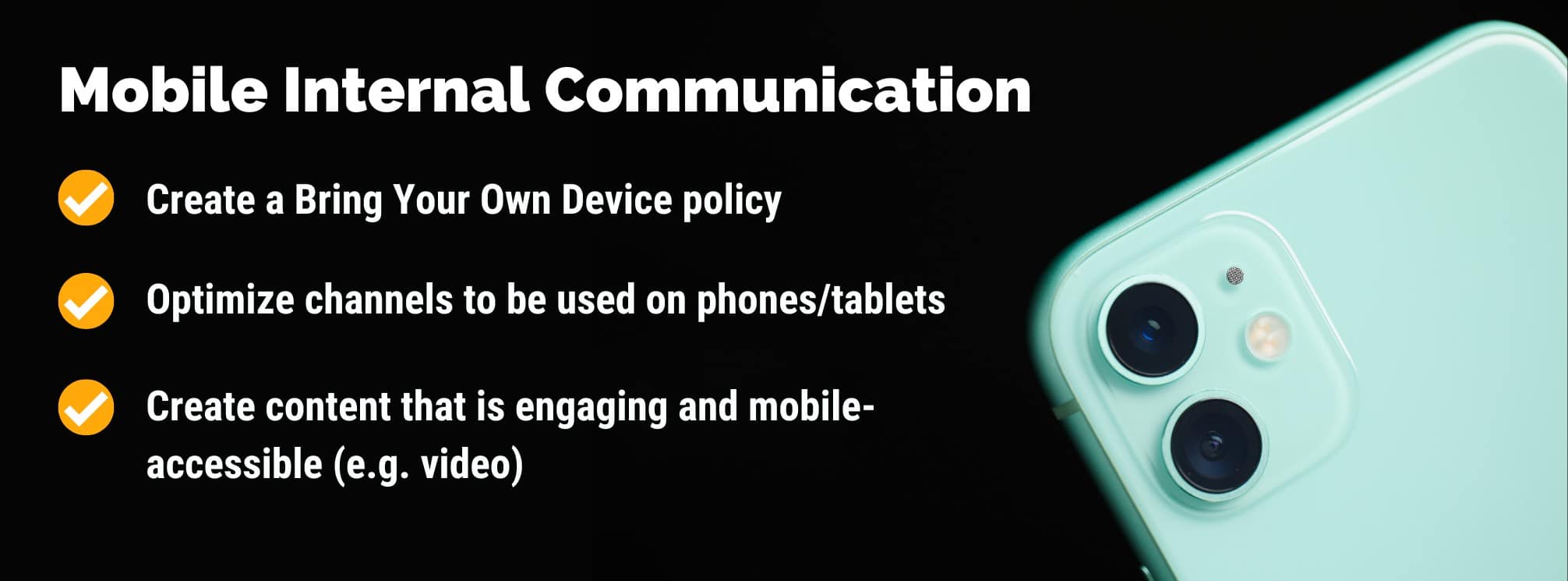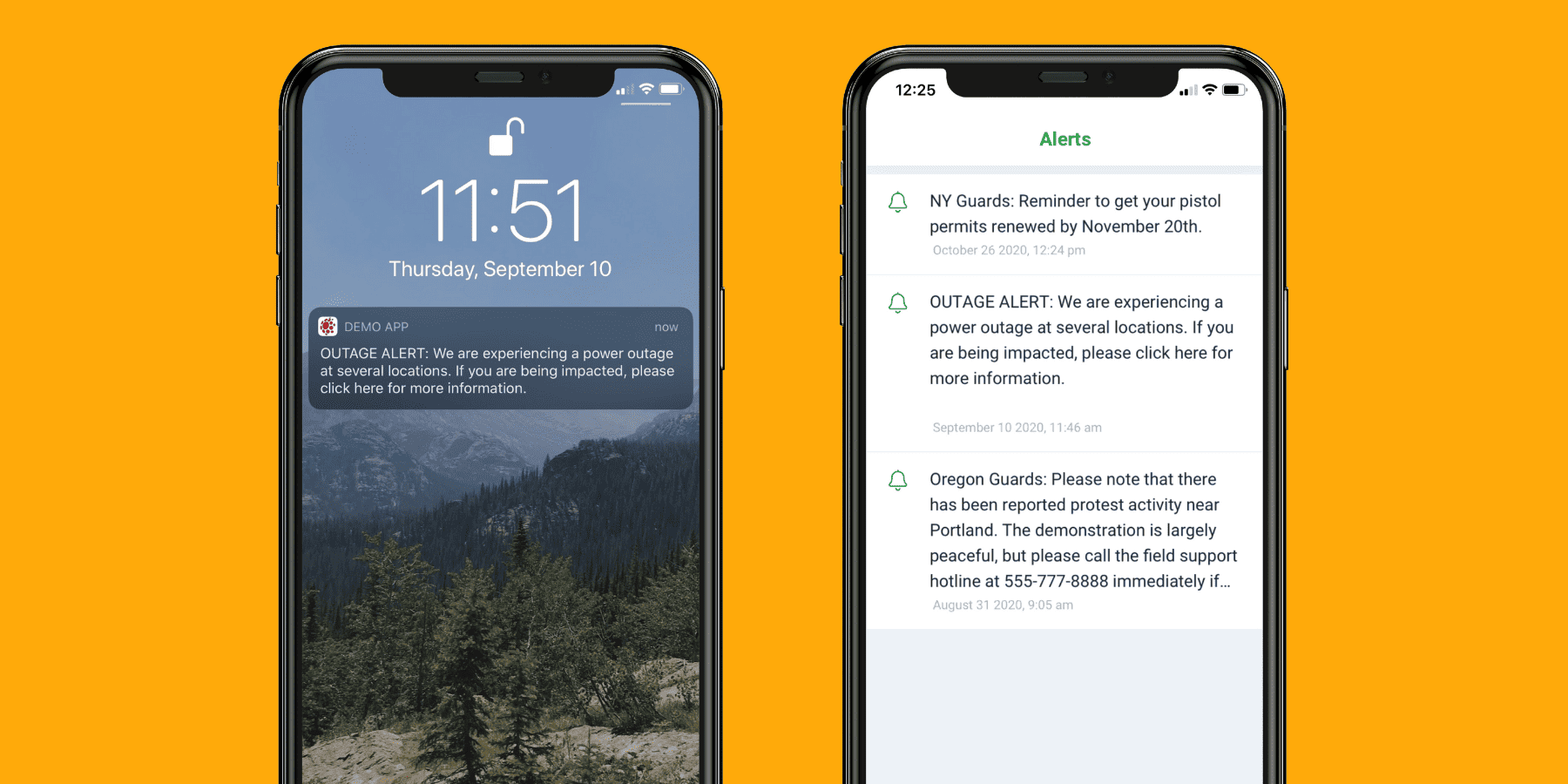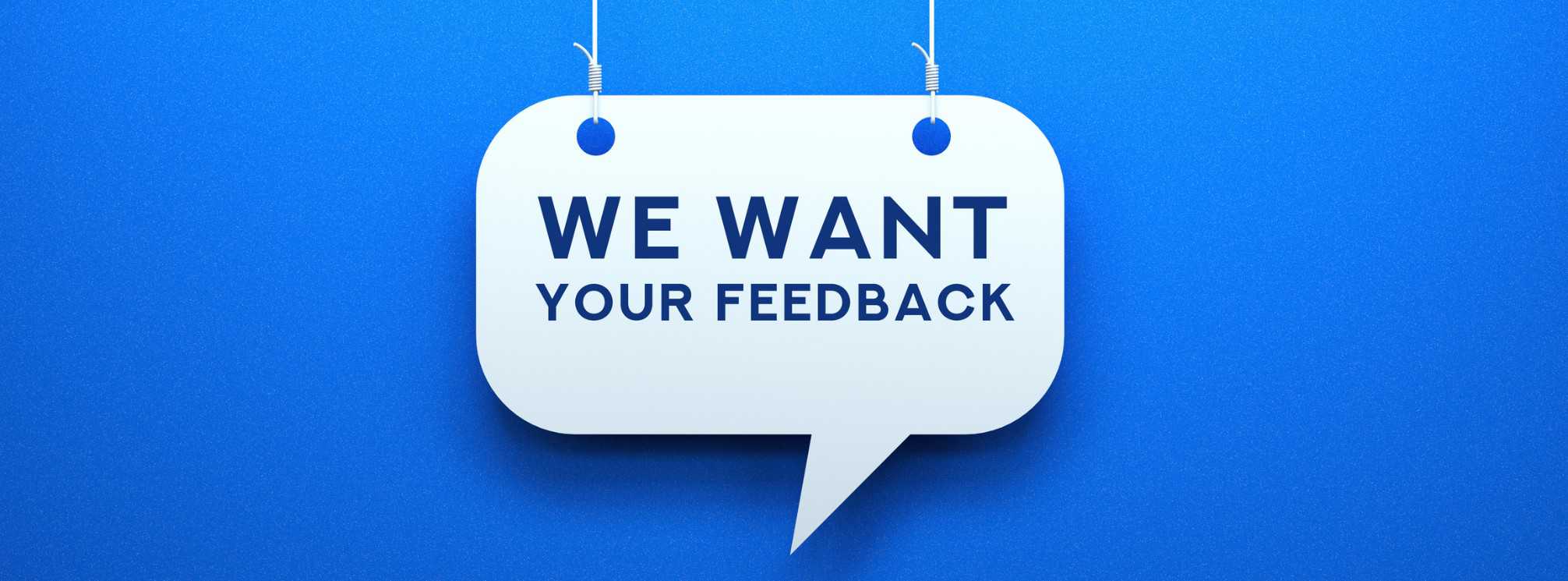
In 2025, unlocking the power of a robust mobile internal communications strategy is no longer a nice-to-have—it’s essential. With hybrid, deskless, and global teams becoming the standard, mobile-first communication is how companies keep everyone aligned, informed, and engaged. A strong mobile internal comms approach drives productivity, builds connection, and supports inclusivity across every level of your workforce.
If your organization depends on a large frontline or distributed team, it’s worth investing in a mobile communication platform to meet employees where they already are—their phones. Whether you’re just starting or looking to refine your existing approach, here are the latest best practices and ideas to help you strengthen your mobile internal communications strategy in 2025.
Internal communication is all the strategic communication shared by a company with its employees. So, mobile internal communications are the use of mobile-first channels and content to reach a distributed and mobile workforce.
Embracing a mobile communication strategy is ideal for companies that are diverse and don’t all work from a central location. Think of companies with frontline workers or those who have embraced hybrid and/or remote work.

Having a mobile internal communications strategy is no longer an option for most companies. Employees want to use their smartphones to receive company updates and resources. And based on social media and news media, people now expect to have access to information 24/7 and from anywhere.
But having a mobile-first approach to reaching your teams is also about accessibility and equity. If you only have computer-based internal communications platforms, you are leaving out a big percentage of your workforce. Level the playing field by evolving your communication channels!
Current Mobile Comms Snapshot:
Mobile internal communications have evolved rapidly over the past year. The latest trends shaping successful strategies include:
• AI-assisted message personalization to improve engagement rates.
• Voice and video content replacing long text updates.
• Real-time feedback tools integrated directly within mobile apps.
• Unified employee experience apps that combine communication, learning, and task management in one platform.
• Accessibility standards and language translation features to reach multilingual teams.
These advancements show that mobile communication in 2025 isn’t just about delivering information—it’s about enabling meaningful, two-way connections.
So, let’s talk about how you can make your internal communications mobile-first.
The beauty of a mobile app for employees compared with email is that you can create a fully immersive experience. Apps allow you to use embedded video, audio, pictures, carousel banners, and various document types. This opens up the possibilities of how you can create and share content, which means you can ensure your messages have the greatest possible impact.
EXAMPLE: Bad news from the CEO shouldn’t be sent out in a written post with no control over the tone. It should be a video where you see the emotion and hear their authenticity.

While internal communications should always be the one steering the strategy, that doesn’t mean you have to be the single voice for all messages. An app like theEMPLOYEEapp has a permission structure that allows you to give specific posting permissions to other individuals across your organization. This builds trust in the message because it always comes from the subject matter expert.
EXAMPLE: Our client NFI has opened up publishing rights to 450 leaders and managers to improve the localization of content. This helps the internal comms team focus on top-down and corporate-level messaging.
EXAMPLE: When your executive leaders can post their own messages, this allows them to take a selfie-style video message right on their phone and share it easily. Unlike in the past, when the IC team ghostwrote for the C-Suite, this shows employees that it is the executive leader behind the messages.
BONUS TIP: Internal comms pros are always strapped for time! A mobile communication app helps you empower your trusted contacts in other departments (like HR) to share their messages themselves. But like we said before, you can control who they can share messages with and what folders they can post in.
Mobile makes it easier to build a campaign strategy. Your update can live in your PDF newsletter, its own post (perhaps a quick video), in a banner, and you can have a Q&A session calendar invite all through one platform that your frontline has access to.

Employee apps have most other channels beat when it comes to targeting push notifications. One of my favorite strategies is using just one push notification to alert employees to multiple pieces of content in their news feed.
So, when planning an editorial calendar, I might have one need-to-know piece of content to share on Monday (e.g. shift notes, the weekly newsletter, etc.), but I also have a recognition piece on the employee of the month and an “in the news” story. I can use one push for the need-to-know content but already have the nice-to-know stories in the news feed. This helps not only show employees that we only push the important, mission-critical content, but also the push shows them that the app has been updated and there is other new content to engage with.
Ever sent an email, and then the typo jumped out at you? We have all been there. If you rely on email to communicate internally, then you have to send a follow-up email correcting your mistake.
But in an app, you can edit without alerting the world of the error. And there are even more strategic ways to use this functionality. Take the COVID-19 policy updates that IC pros dealt with in 2020. Recommendations and policies were changing so fast that it was difficult to keep up with the updates and could be confusing for employees trying to figure out what post had the most current information. But with a mobile app, you could continue to update the PDF on the same post and change the date.
One thing I like about apps is that they leave room to have more fun with your mobile internal communications strategy and content. We always say, “Your news feed should reflect your culture.”
FOR EXAMPLE: At theEMPLOYEEapp, one of our core values is ENJOY. So, if our news feed was nothing but PDFs and policy updates, that would not exactly be a fun channel that employees wanted to use (although we’d still need those documents for work). Instead, our internal employee app is full of employee recognition, employee spotlights, in-the-news stories, our latest marketing content, etc. All that is in addition to things like our KPI dashboard (we also value accountability), HR documents, and more day-to-day business updates.
A natural extension of tip six is strategically thinking about post titles and captions. When you’re able to be less formal and include more engaging content, you can have more fun with post titles.
When we do consulting sessions with our clients, we’ll ask them to think about the user experience. If an employee was scrolling through the news feed, would they want to click on your content? Unlike email, you can draw them in with content thumbnails, captions, and a title—three chances to get someone to stop scrolling. And while the ultimate goal of our mobile internal communications strategy isn’t just click-through rates, you have to engage employees first to get them to take action.

We LOVE a good content calendar. Whether you’re just using Excel or a premium solution, you want to get organized. This helps you plan content out in advance and work with cross-functional stakeholders on their campaigns. This helps track what content is getting a push notification, what groups it’s going to, and more.
We would be remiss if we didn’t include measurement in a blog about internal communications best practices. To have a great internal communications strategy, we recommend checking analytics throughout a campaign. This lets you pivot if needed.
But at the end of the campaign, also do a post-mortem on how everything performed. This is really how content strategy can evolve intentionally. And it works best when you combine data with qualitative feedback, so don’t forget to conduct employee surveys periodically.
Recent studies show that companies actively using analytics within their mobile internal communications platforms see engagement rates up to 45% higher than those that don’t. Tracking metrics such as post views, push notification response rates, and engagement by department can reveal powerful insights. Combining this data with feedback loops helps create an adaptive strategy that stays relevant to changing employee preferences.

Whether it’s a survey or just your focus group, find a way to get a steady stream of employee feedback. When considering your content strategy for your mobile app, you want to avoid making assumptions about what your employees want. Sometimes we assume employees want a lot of stories or things we think would be engaging. Some big revelations for clients have been that employees love the cafeteria menu. They want their schedule, easier access to their self-service portal, and employee dog photos.
Give the people what they want.
Even with the best tools, some strategies fall short because of avoidable pitfalls. Keep these in mind as you build or refine your approach:
• Overusing push notifications, which can lead to notification fatigue.
• Posting content that’s not optimized for mobile viewing (large PDFs, long text blocks, or horizontal videos).
• Ignoring accessibility—ensure every employee, regardless of location or device type, can access your content.
• Treating the app like a one-way channel instead of encouraging feedback and interaction.
• Failing to promote your mobile app internally—consistent reminders and success stories help sustain adoption.
Avoiding these common mistakes ensures your mobile internal communications strategy stays effective, engaging, and future-proof.
Your mobile internal communications strategy should revolve around achieving clear business goals while putting the employee experience at the center. In 2025, that means delivering concise, visual, and inclusive content that reflects your company’s values and empowers every employee—no matter where they work.
It can feel like a tall order, but the right technology makes it achievable. Platforms like theEMPLOYEEapp help organizations design, deliver, and measure mobile communications that truly connect. If you’re ready to elevate your content strategy and employee engagement, request a demo today.